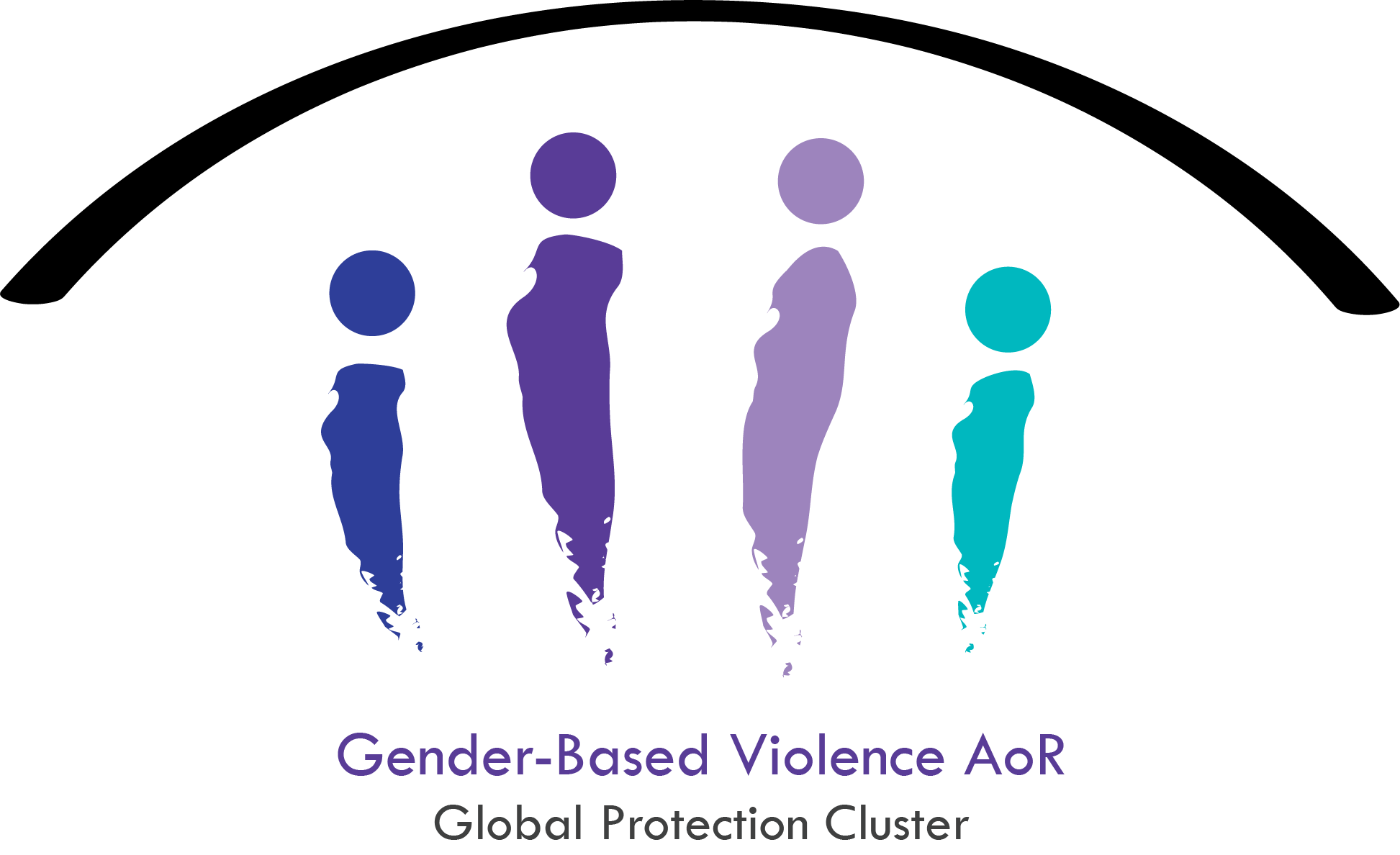The crucial role that women and girls play in ensuring the sustainability of rural households and communities, improving rural livelihoods and overall wellbeing, has been increasingly recognized. Women account for a substantial proportion of the agricultural labour force, including informal work, and perform the bulk of unpaid care and domestic work within families and households in rural areas. They make significant contributions to agricultural production, food security and nutrition, land and natural resource management, and building climate resilience.
Even so, women and girls in rural areas suffer disproportionately from multi-dimensional poverty. While extreme poverty has declined globally, the world’s 1 billion people who continue to live in unacceptable conditions of poverty are heavily concentrated in rural areas. Poverty rates in rural areas across most regions are higher than those in urban areas. Yet smallholder agriculture produces nearly 80 per cent of food in Asia and sub-Saharan Africa and supports the livelihoods of some 2.5 billion people. Women farmers may be as productive and enterprising as their male counterparts, but are less able to access land, credit, agricultural inputs, markets and high-value agrifood chains and obtain lower prices for their crops.
